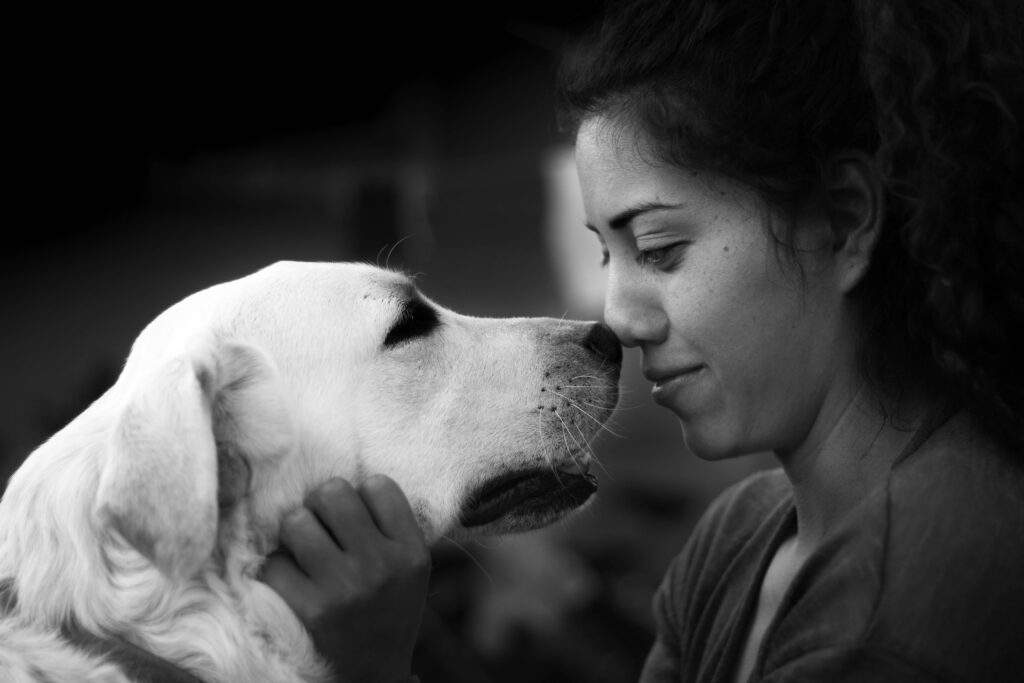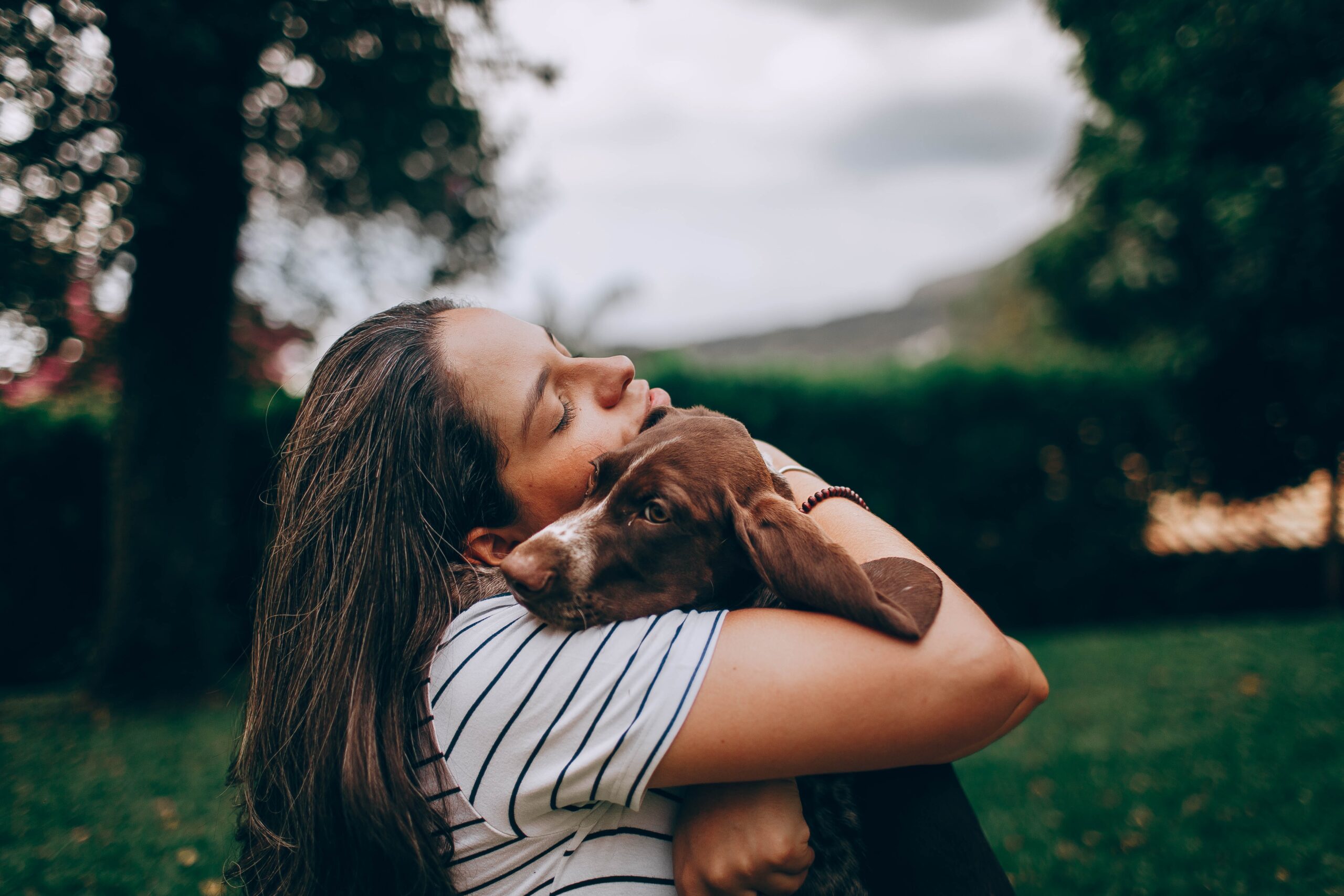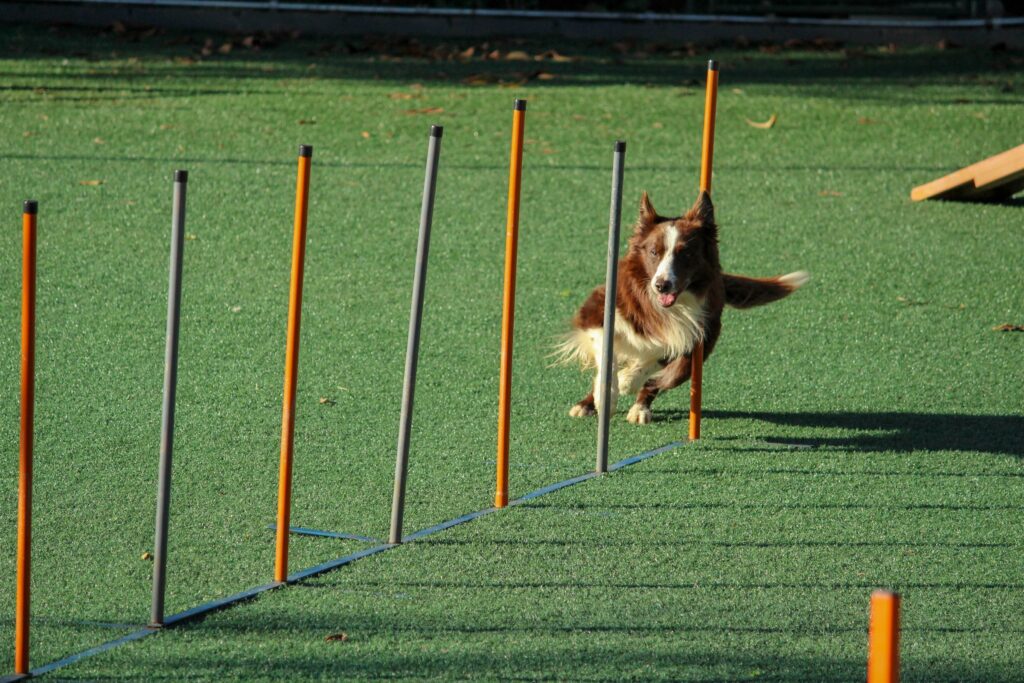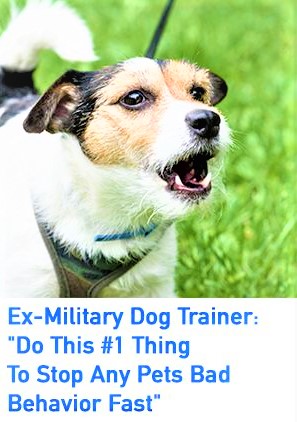Manual Warning: What It And How To Use It?

Manual cues serve as a compromise between verbal cues (which are very easy for people to understand) and body language (which our furry babies love). Many people expect their dogs to listen to their own words, but hand signals are very important, especially for basic behavior.
Dogs actually have a greater relationship with what we do than what we say. Of course, working with manual signals can be a little more difficult. You need to make sure that each hand signal is unique for a particular behavior.
Some common hand gestures are open hands, palms facing up, to indicate “still,” and hands open, palms up, to indicate “sitting.” These two commands are useful when you are in a public place or on a busy road.
Additional tricks you can think of should relate to new handwritten notes. Dogs can read body language very well, so small differences, such as one on two fingers, are easy to spot.
In addition to manual cues, research shows that overall body language and distance between trainers and dogs can also affect a dog’s learning ability. Knowing where you stand while communicating with your dog pays off. Research has shown that the further away you are, the less responsive your dog will be.
Combination: The Key To Successful Communication
These two styles work better when combined. Verbal cues are important, especially if your dog is far away from you and you have to resist them. You can use verbal cues by raising your hand. If there’s something extra you’d like to do, add a treat to enhance your dog’s sense of smell too.
How To Teach Your Dog To Wave
Now that you understand verbal cues, it’s time to learn how to teach your dog to wave. Make sure you have a few items with you, as well as a quiet, friendly environment for your pet. Clickers are useful, but you can also use positive verbal reinforcement.
Open the next page to continue reading…
Sponsored
Share
[Sassy_Social_Share]
Sponsored






